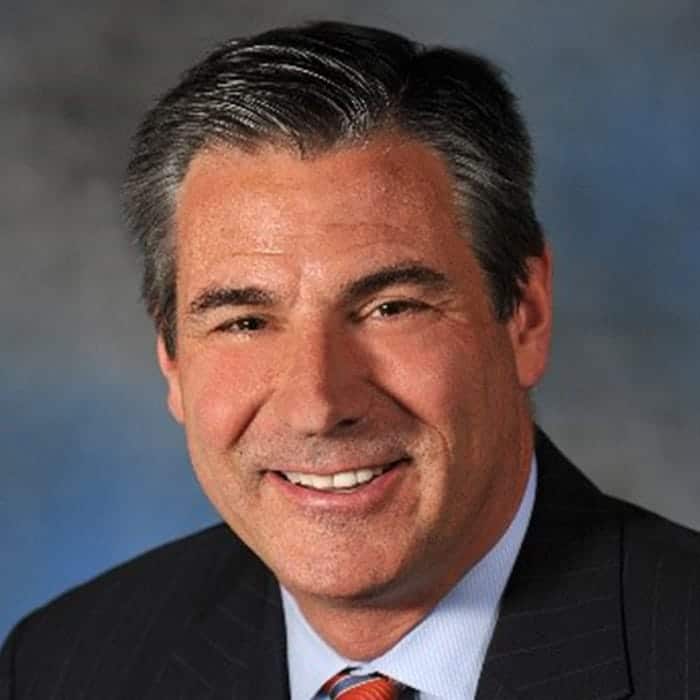To keep up with the markets and the volatility, firms need to keep up investing in continuous monitoring and digital control environment, according to Robert (Bob) Walley, Principal, Deloitte & Touche.
“There are incredible opportunities to strengthen the control environment, perhaps have much more continuous controls through technology and digitization of controls, and move away from a lot of the manual processes,” he told Traders Magazine.
“I think it needs to start in house. No environment really looks the same, so I believe that it’s around the internal design. It’s such a diverse set of technologies across these ecosystems that firms are really going to have to think about how they design it, to tie it all together,” he added.

The Covid-19 pandemic has tested individual firms’ resilience and the financial market’s infrastructure, according to Walley.
The pandemic has also changed operating models through technology enablement and new relationships with fintech companies.
Many banks and financial institutions have adopted a hybrid remote work model that will require stronger controls frameworks and technology enablement.
Walley said that operational resilience has been top of mind for banking and securities regulators for years.
Regulators are particularly concerned about market, cyber, and infrastructure disruptions that can harm investors, he added.
There have been several incidents reported, where investors have not been able to gain access to a firm through mobile devices or the firm’s website, thus limiting investors’ ability to transact.
“These incidents lead to examinations, investigations, and sometimes fines. As such, firms need to address these types of risks in their operational resilience models,” he said.
“The dependency on reliability and resiliency is critical, because we can’t take our clients out of the markets,” he added.
He thinks that the SEC’s role and Reg SCI is critical to that, but he also thinks that every firm has a responsibility to ensure that their platforms are up and running and are available for their clients.
Walley believes that the regulators are looking for more modernized control environments that had been in the past.
There’s so much volatility and transaction flow in the markets that firms have an obligation to demonstrate those controls in a more automated fashion, he said.
“I think it’s up to the regulators to keep the industry honest and have the examinations and the processes to ensure that those controls are effective,” he stressed.
Looking ahead, it will be critical for capital markets firms to maintain their ability to operate, mitigate settlement risks and fails, and ensure that clients can transact.
Walley thinks that technology enablement between the buy-side and the sell-side is even more important than ever, and will be over the next three years.
“As we transition to a Tier-1 environment where we can no longer accept data on transactions and allocations and affirmations via email, I think that more technology enablement across the ecosystem will be important to the success and the stability of the environments,” he said.





